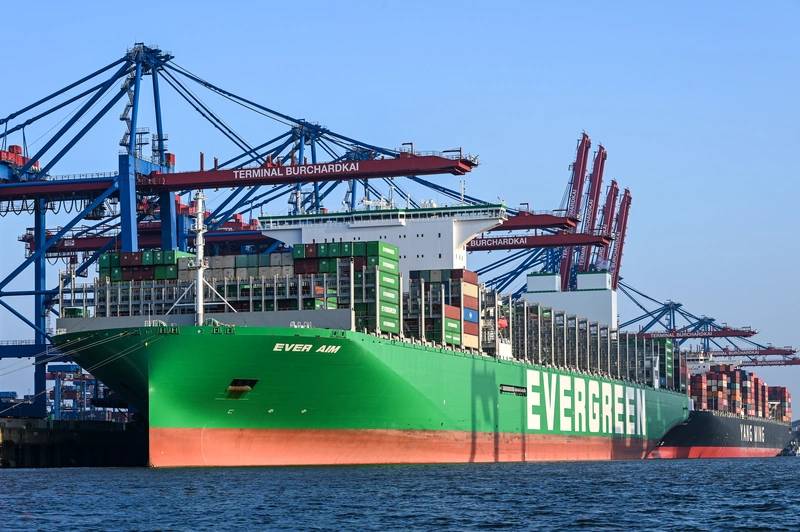
Xeneta has taken the first step in a campaign to identify the carrier industry’s best and worst environmental performers across the world’s 13 leading shipping trades. With the help of the Carbon Emissions Index (CEI), a tool from Xeneta and Marine Benchmark, carriers have been assessed on the main Far East to South America East Coast container corridor. With first results out, Hamburg Süd is likely celebrating; Evergreen, likely not.
According to the latest analysis, the CO2 emitted per ton of cargo from the Far East to the East Coast of South America rose by 6.3% (quarter-on-quarter) in Q4 2022. This leaves the trade with a CEI of 96.6, its highest tally since Q3 2021 and the highest CEI of all the five major corridors out of the Far East.
The scores of individual carriers were “very mixed” with clear winners and others, he says, “that would benefit from doubling down on their efforts,” said Peter Sand, Chief Analyst, Xeneta. “Environmental performance has never been more important, both from a ‘green’ and a commercial perspective, with shippers, regulators, financiers and other stakeholders paying close attention. With that in mind, Hamburg Süd will be very happy to record the lowest CEI on the trade, registering 76.2. This means a ton of cargo sailing on a ship operated by Hamburg Süd emitted over 20% less CO2 than an average ton on this trade. A great result.”
 The Loser: "Evergreen was the worst performer amongst the top six carriers over the quarter,” according to Xeneta's Carbon Emissions Index (CEI) tool. Copyright Asvolas/AdobeStock
The Loser: "Evergreen was the worst performer amongst the top six carriers over the quarter,” according to Xeneta's Carbon Emissions Index (CEI) tool. Copyright Asvolas/AdobeStock
The low score, Sand explains, is due to Hamburg Süd’s sailing of “relatively slow steaming”, larger-than-average ships on this trade. Amongst other “star performers” were ONE, scoring 82.2, and Hapag Lloyd, registering 84.3. [Looking at historical figures, Hapag Lloyd actually emerges as the most carbon-efficient carrier on this trade in the past five years.]
“Unfortunately for them, the CEI data shows that Evergreen was the worst performer amongst the top six carriers over the quarter,” said Sand, adding that the Taiwanese group logged a score of 109.7. “Somewhat counterintuitively, Evergreen actually had the highest filling factor on the trade – whereas Hamburg Süd’s was lower than average – however, its smaller, less carbon efficient vessels took a toll on the overall score. In addition, their ships sailed much faster, with speeds of 8.9% above the trade lane average."



